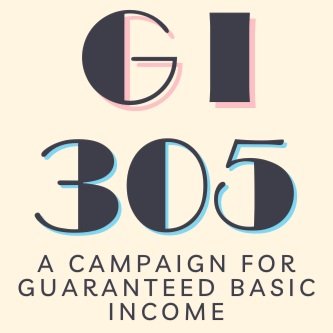Benefits Back-up Fund
Mean Monthly Benefits
Avg Monthly $$ Amount Received - SNAP, SSI, and SSDI
60% of residents rely on some form of federally administered cash benefit, bound by income-restricted cliffs. These “benefits cliffs” present a barrier to the implementation of a GI.
In the event that a participant lose their public benefits by participating in our program, we will maintain a Benefits Back-up Fund to subsidize these forgone costs.
How to Calculate Expected Benefits LosS
GI 305 will be accountable for any loss in public cash benefits our participants may incur as a result of receiving our guaranteed income. Using federal guidance from the Department of Housing and Urban Development (HUD), Department of Health and Human Services (DHHS), along with income distribution data, we engaged in advanced risk analysis to determine the total expected loss in public benefits from our participants who receive federal cash assistance from an income-restricted program (e.g. SNAP, SSI, SSDI).
To calculate the expected loss, we collect household income data from publicly available census data, with regard to our corresponding Zip Codes. We then use the data to develop an approximated household income distribution.
Using advanced data software analytics, we derive a trend line equation that can be used to calculate how much a specific household earns a year, and vice versa (i.e. where does a given household income fall within the distribution of households).
Next, we identified what we call a Risk Range which is the range in income that a potential participant may fall within, to where their public benefits are placed at risk upon participation in our GI pilot. This can be determined for any cash-welfare program (e.g. $1,245/month = SNAP income cliff). For SNAP, SSI, and SSDI, the census collects data on how many people receive these and the average amount received in each zip code/neighborhood.
Using SNAP as an example, with a GI of $650/month, the Risk Range would be households whose incomes are between $595 - $1245 /month. Using the formula contrived above, we then measured the number of households that fall within this range by subtracting the upper value on the distribution, from the lower value.
*Risk Range in this image used as example only
Once we have the percentage of total households that fall within that established Risk Range, we estimate how many of our participants will also fall in this range. GI 305 then multiplied this expected at-risk participant number by how much -on average- is received in monthly public benefits in our target community.


